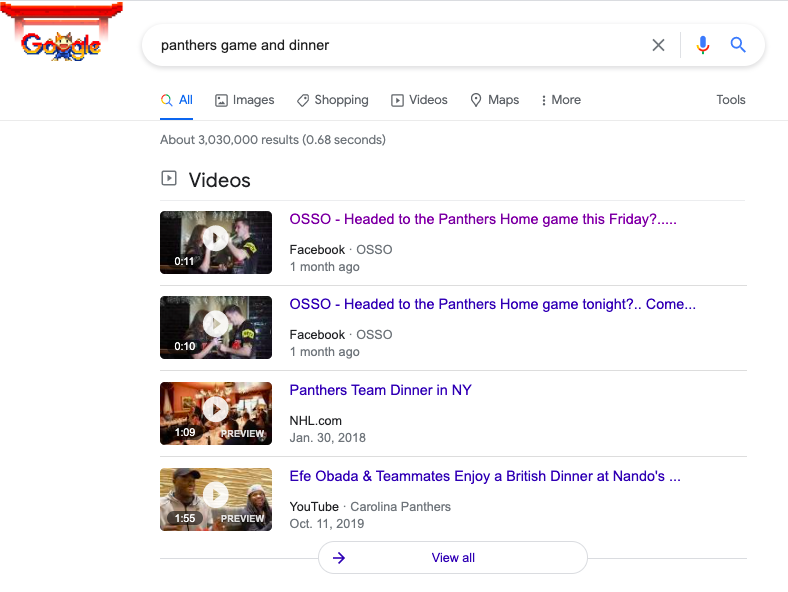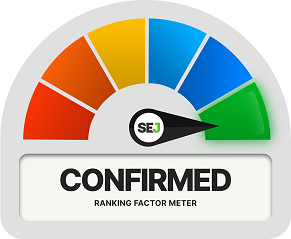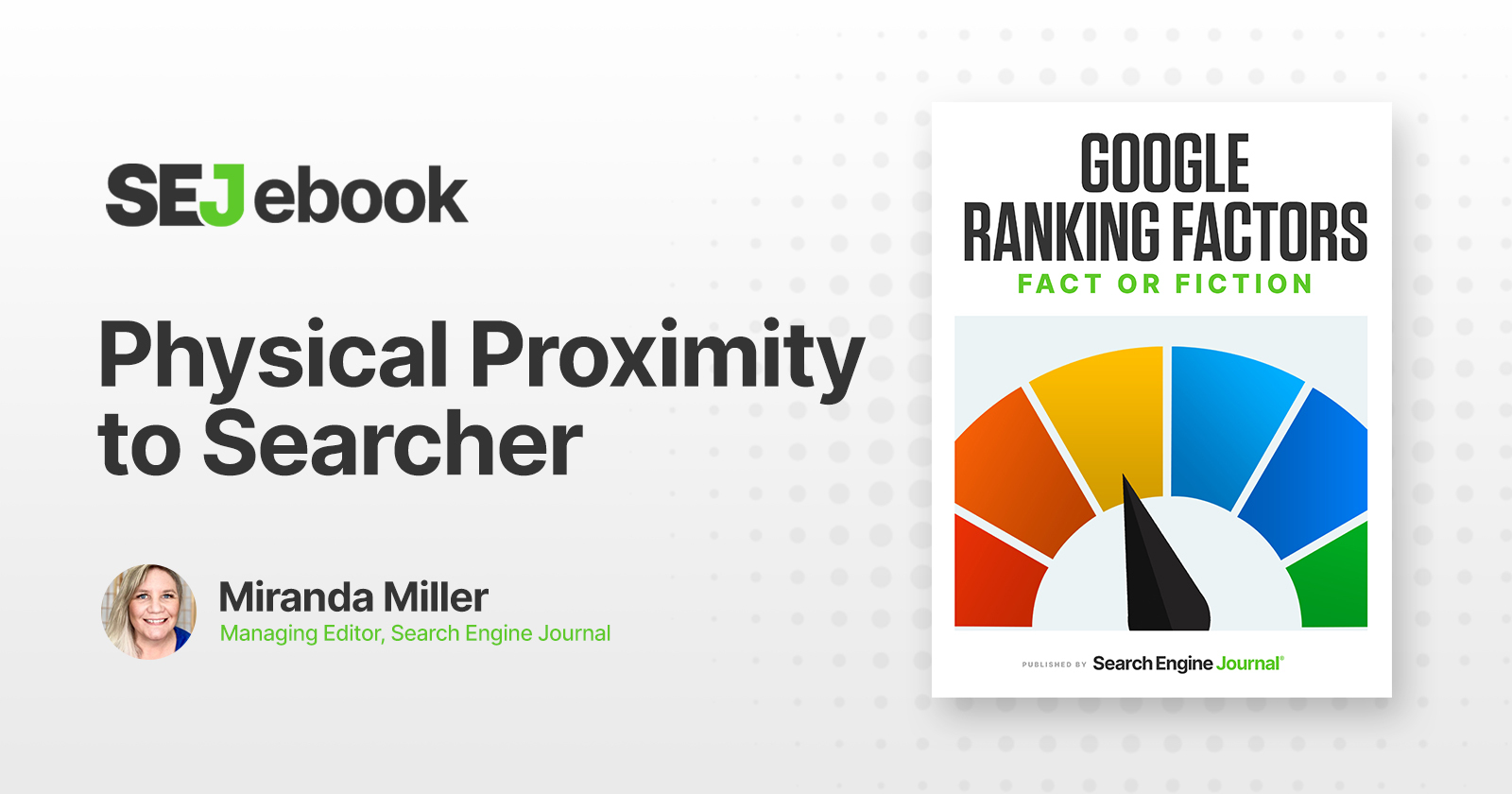Close to a third of all Google searches have local intent – that is, the searcher is looking for something nearby or located in a specific area.
Often (but now always) when Google determines there is local intent, it will display top local results in a Map Pack at the top of the search results.
Businesses can appear in organic search results for queries with local intent, too.
Does how physically close the searcher is to the business impact rankings? Let’s see.
The Claim: Physical Proximity To Searcher Is A Ranking Factor
The idea here is that the distance between a physical location of the business and a searcher is a key ranking factor in local search.
The Evidence For Physical Proximity As A Ranking Factor
The searcher’s proximity to the place of business fell from #1 to #3 in Moz’s industry survey-based list of local search ranking factors in 2020.
This isn’t just a commonly held belief among SEO professionals, though.
Google flat out tells us that proximity is one of the three big factors in determining local search ranking:
“Local results are based primarily on relevance, distance, and prominence. A combination of these factors helps us find the best match for your search.
“Distance considers how far each potential search result is from the location term used in a search. If a user doesn’t specify a location in their search, we’ll calculate distance based on what we do know about their location.”
Why would Google show someone a list of pizza shops in Toronto, Canada, if they were wandering the streets of Medellin, Colombia, looking for a slice?
The big question for local SEO pros and business owners is, how do you make your location is clear to Google to ensure you appear in relevant search results?
There are a few concrete ways:
- Ensure citations (local listings) are accurate and that your business appears where people are searching for local products, services, etc.
- Claim and verify your Google My Business listing.
- Get your Google Maps API Key and optimize for Places and Routes to provide searchers a more immersive, richer experience.
- For Service Area Businesses, ensure that your profile has been set up correctly so you aren’t violating Google’s guidelines for representing the business correctly.
Demonstrating Proximity Without Physical Closeness
Beyond that, you can help Google understand the context of your location for relevant local queries and also improve your prospective customers’ experience with content optimizations.
For example, Google may be aware of your location’s map pin and understand that your location is at the crossroads of First Ave and Lyon St S in Ottawa.
 Screenshot from Google My Business, February 2022
Screenshot from Google My Business, February 2022Google knows this neighborhood is called The Glebe, so you’re already optimizing for searches like [restaurants in the glebe] and [dinner nearby] if the searcher is close to your physical location by virtue of having a verified GMB profile and accurate citations.
But – to borrow a few examples from sports – what about [dinner before the Jay’s game]?
Or how about [senators game dinner]?
I’m nowhere near the cities where these two teams play, and the query doesn’t have enough local intent to draw a MapPack.
But maybe I’m heading there tomorrow.
So who’s going to help me find dinner?
The first restaurant I find in the top 10 organic Google results for the Senators example isn’t even a website or local listing; it’s a Facebook post:
 Screenshot from search for [senators game dinner], Google, February 2022
Screenshot from search for [senators game dinner], Google, February 2022It’s a smart play to talk about what’s going on locally in your blog posts, GMB posts, social media, etc.
Here’s another example of demonstrating proximity to the searcher’s need when you may not be physically closest to the searcher at the time of the query, yet you’re physically close to the need:
 Screenshot from search for [panthers game and dinner], Google, February 2022
Screenshot from search for [panthers game and dinner], Google, February 2022The restaurant, OSSO, is using video to appear in position zero search results for this locally relevant query even though I’m currently 1,550 miles away.
If you want to get in front of searchers who are making plans but not yet in the immediate vicinity, create locally relevant content.
Physical Proximity To Searcher: Our Verdict

Yes, Google uses proximity/distance as a search ranking signal.
And it’s important that you don’t simply leave it to Google to surface your business only where the searcher expressly uses a location term or Google can tell where they are.
Mention local organizations, sports teams, neighborhoods, or activities in your content so Google has more ways to tell when you’re physically close to the searcher’s need.
Think of your customer personas and the problems you may be able to solve for different types of people.
Make sure you’re incorporating local information into your content where it makes sense so Google can tell you meet any local intent.
Featured Image: Robin Biong/Search Engine Journal
